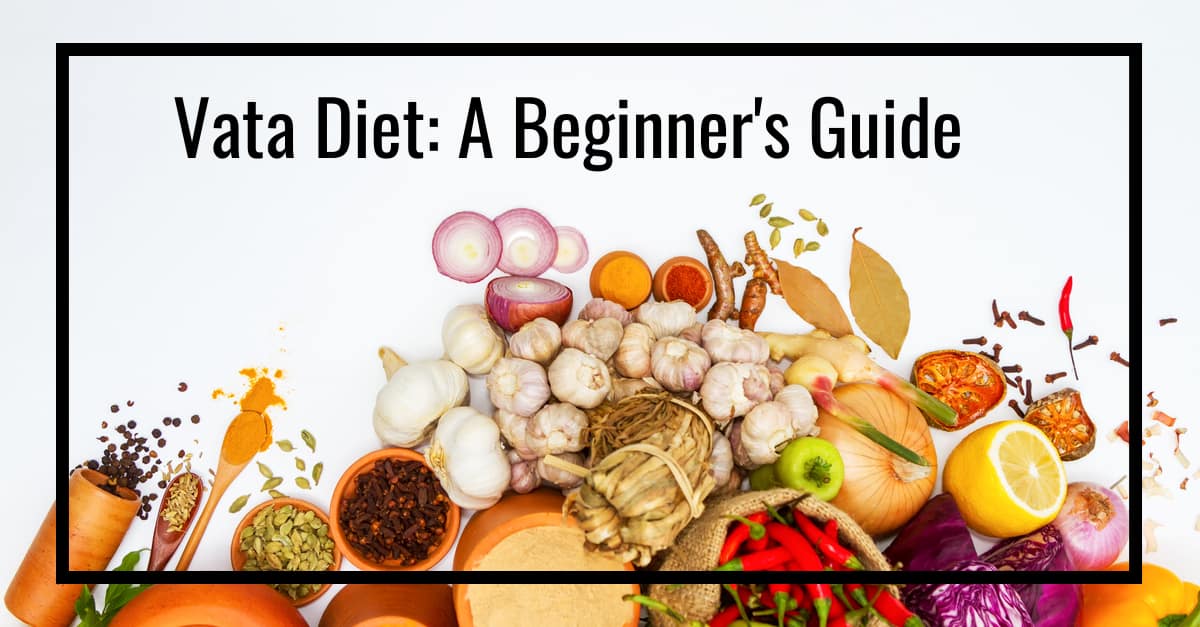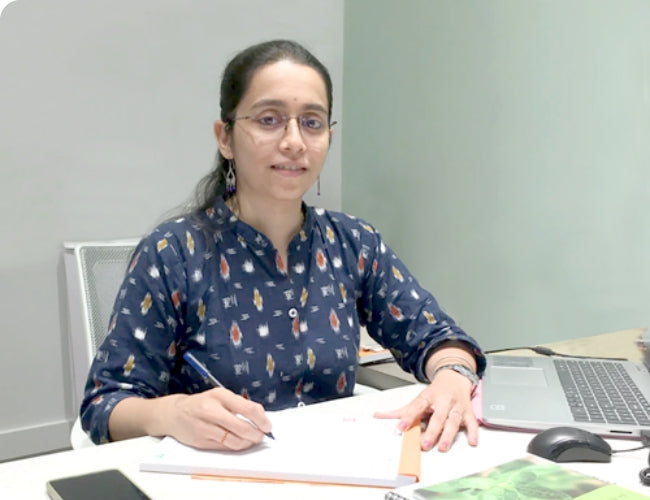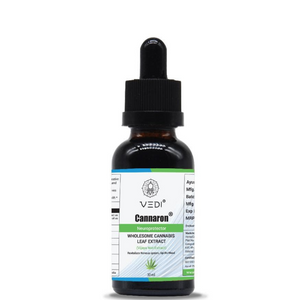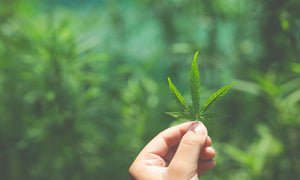Vata Diet: A Beginner's Guide

Vata means “air” or the flow of energy. This Dosha is mainly responsible for the body movements, activities of the nervous system, pulse of blood in veins and arteries and the peristalsis that aids digestion. Vata type people are usually very active, full of energy and always ready to go.
Physical Characteristics of Vata Dosha person
Physical Characteristics of Vata Dosha person
- Light or lean body structure
- Gastric problems or improper digestion
- Agile and energetic
- Dryness of skin and hair
- Cold extremities, like hands and feet
How to Balance Vata Dosha?
To prevent the occurrence of such illnesses and disorders, it is recommended to consume Vata pacifying foods and follow a lifestyle that slows and calms you down.
Here are some brief and easy to implement guidelines:
Discover Yourself If on checking your Dosha type you identify yourself as a Vata, then analyse your food and lifestyle. You would yourself understand what suits you better and what creates trouble for you if you observe keenly. Self-awareness is critical at any point in life. For example, if you really enjoy Vata-aggravating food, thoughtfully notice what are the changes you feel after consuming it? Does it create gas and bloating? Then try to find a way of pacifying it by adding some other ingredients like carom or fenugreek seeds or serving it hot?
Right Preferences
- Favour Warm Over Cold Since we know, Vata is cool, dry, rough and light, so try to eat and drink foods that neutralize these qualities. Prefer food that is warm, oily, smooth, moist and nourishing.
- Favour Moist and Oily Over Dry Warm food can be identified as something that is warm in temperature or has warming qualities due to added digestive spices. Cold is anything kept in the fridge, cold fruits, leftovers, etc. The dryness associated with Vata increases by eating raw food or dry snacks. Instead, prefer cooked food and add garnishing of oil or ghee. Also, drink a lot of fluids, ideally warm or hot, like soups and not cold shakes. Eat and drink no cooler than room temperature. Minimize the consumption of drying foods like chips, popcorn, crackers, and dried fruits.
- Favour Smooth Over Rough Moist foods should be your choice. Amongst fruits, go for melons, berries, summer squash, etc. Veggies such as zucchini, avocado, coconut and olives must be eaten along with a normal range of bottle gourd, ridge gourd and others. Keep the portion of salad small. Avoid Vata aggravating veggies like broccoli, beans, cabbage, cauliflower and dark leafy greens. However, if you relish them, cook them with generous amounts of oil, butter or ghee and add some Vata-pacifying spices. Eating foods and preparations that are smooth in texture, like bananas, rice pudding, soups, porridge, hot cereal, hot spiced milk, can soothe inherent Vata’s roughness.
Tastes to Favor Vata is pacified by the sweet, sour, and salty tastes and aggravated by the pungent, bitter, and astringent tastes. Understanding these tastes will definitely help you make a better choice:
- Sweet: Sweet taste is the basic Vata-pacifying diet. It is the primary source of nutrition for Vata dominant people. However, it does not mean that you eat large amounts of refined sugar or sugary foods. They are equally bad for Vata. Prefer naturally sweetened foods like fresh fruits, most grains including wheat, root vegetables (seasonal), milk, ghee, butter, oils, freshly prepared yoghurt, eggs, nuts, and lean meats. Such natural foods give better grounding, nourishing, strength-building, and satisfying.
- Sour: The sour taste is generally not a separate flavour, but it tends to compliment and arouse other flavours. This taste awakens the senses, enhance energy, improves digestion, moistens the foods, and helps to combat gas and bloating. Sour flavour foods include lemon or lime juice, a tinge of vinegar, a cheese topping, sour cream or sauerkraut. Sour fruits range comprises oranges, grapes, pineapple and grapefruit.
- Salty: The salty taste stimulates appetite and assists in digestion, restores moisture, eases elimination and improves the food flavour. Ayurveda recommends selecting sea salt or Natural Mineral Salt over common table salt.
Tastes to Minimize Few flavours that aggravate Vata should be minimized. They include-
- Pungent: Pungent is a spicy, hot, dry and rough on the system. It is found in chilli, radishes, turnips, raw onions, and some hot spices.
- Bitter: Bitter is cool, rough, dry and light. It is found in bitter salad greens like kale and dandelion greens, Jerusalem artichokes, eggplant, and dark chocolate.
- Astringent: Astringent is dry, cold, heavy, and rough in nature. It is found in legumes, chickpeas, black-eyed peas, black beans, pinto beans, and soybeans. The astringent taste is also there in pomegranate, cranberries, artichokes, broccoli, cauliflower, rye, rice cakes, and crackers.







